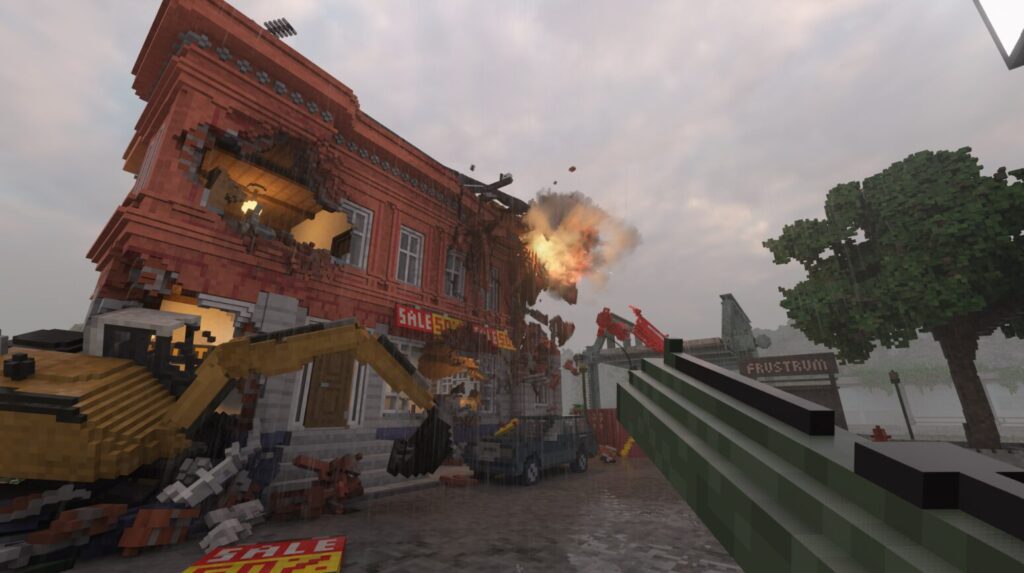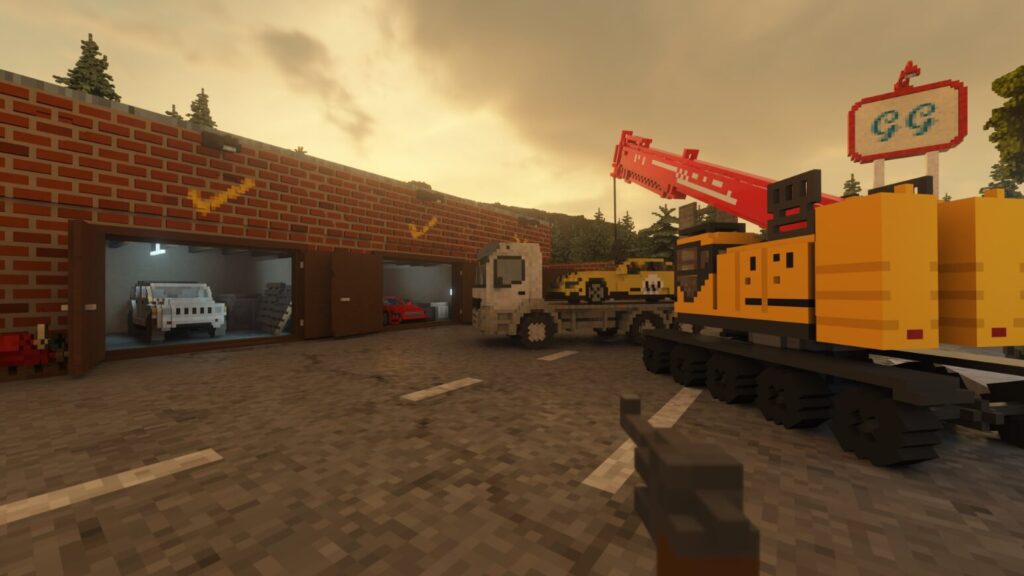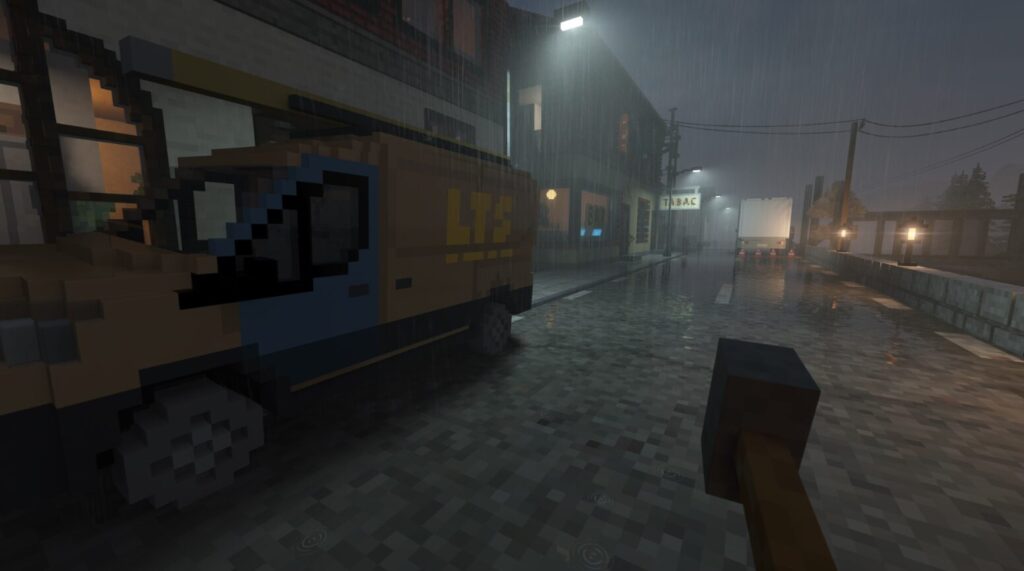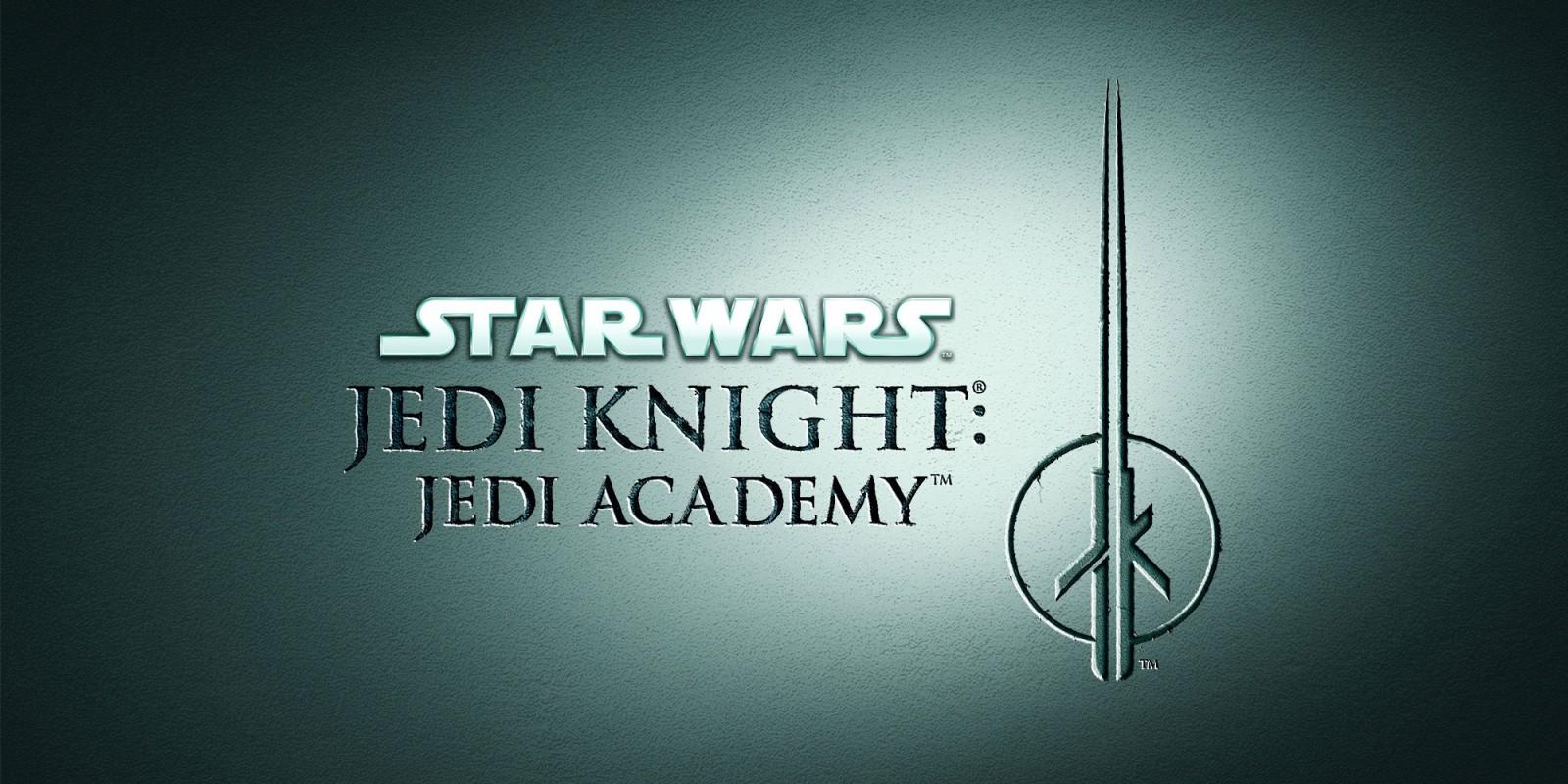Teardown Review
Fast Facts
Teardown
Developer: Tuxedo Labs, Saber Interactive
Publisher: Saber Interactive
Website: https://teardowngame.com/
Genre(s): Action, Simultion, Strategy, Indie
Platform: Xbox Series X (also available on PlayStation and PC)
Age Rating: PEGI 12
Release Date: 15/11/2023
Price: £24.99
A code was provided for review purposes
A Place to Save Your Tears
Teardown is a game about completing objectives. However, it deviates from a typical video game structure, as this game required me to demolish landscapes to create routes to complete tasks. It seemed innovative. Did it work well? Find out in this Rapid Review.
To begin, the game sets its premise nicely. Regardless of the mission, there is always a who and a why. Actions that took place early in the game remain relevant and slowly build to comedic plot arcs. I am not saying that the game featured a spectacular story, as I felt ambivalent about many of the moments. Instead, I appreciated how the storytelling wrapped in with the actions I was performing, and I saw their direct impact reflected in the story. The writing was by no means a selling point of the game, but it did enhance it.
Instead, what drew me into Teardown was the gameplay. Thankfully, it was good. I worked as a demolition expert, looking to complete different jobs for various people. However, he does not limit his career and often gets roped into other jobs too. On some levels, I worked to demolish buildings, while on others, I hacked satellite dishes for the government. The variety was nice.

Moreover, most of the levels are defined by two rigidly segmented parts. At the beginning of each stage, I scoped out the landscape, evaluating the landscape and seeing what I would need to do to the area to make it possible for me to complete the objective. This is a crucial component of each level, as I typically had to complete objectives quickly. Preparing for each mission was a decent bit of fun, as I had to be creative. There was no “best way” to complete a task.
Kitted Out
A major reason I felt this way is that I went through stages with a wide variety of different tools. On some levels, I relied on explosives; on others, I used construction trucks. My constantly updating arsenal was a lot of fun to leverage. I even got the opportunity to upgrade those I enjoyed most. Despite picking favorites, I specifically enjoyed how I was forced to deviate. Many objectives had different failure states. This means that on some levels, I might have to worry about fire spreading, whereas on others, destroying certain objects triggers an alarm system. Since these restrictions fluctuated, I had to consider whether my tools would be viable for each level separately. This encouraged me to experiment.
The level designs expanded upon this. Sometimes, it felt that objectives were placed in tricky-to-reach areas on purpose to make sure I understood game mechanics and experimented with different things at different levels. Each area in Teardown was a lot of fun to explore, and I enjoyed how I felt I needed to experiment with new methods on different levels.
However, the levels were incredibly long. Figuring out how to set up a level often took three times as long as the second part. This was a bit disappointing as someone who prefers the action component of games. This is not necessarily a flaw of the game, but it often made me feel tired after playing a long session. The game feels a lot more like a puzzle game than an action game.
Getting Ready to Move
Teardown features a second component of many stages to put the full puzzle together. I often had to run through and complete the task. These often led to timers, as many things were connected to alarms. I rarely went for the optional objectives, but I found that the act of going through the stage was only somewhat interesting. By this point, I did not find myself using many of my tools. I typically just ran from point a to point b, sometimes using vehicles or interacting with objects. The segments were fun, but they were not nearly as riveting as I would have hoped.

Granted, there are still some key components that the developers of Teardown did well here. My main character had a very solid walking speed, and his jump was a lot of fun to use. Travelling from distant parts of the island did not take as much time as expected, enabling the developers to place tight time restrictions on my tasks.
Moreover, leveraging the vehicles on the map was often a lot of fun. I could use all sorts of things like semi trucks, cranes, and forklifts. Each of them assisted me on my journey while being easy to use and consistent. Movement and automotive movement helped make Teardown fun.
Bonus Content
Despite enjoying many components of Teardown at face value, putting them together was often challenging. The game often burned me out, which led to me enjoying the game less than I otherwise would have. Having such long levels with such lengthy planning segments took a toll on my mental capacity and discouraged me from feeling excited to hop back in. However, this issue could easily relate solely to me as I traditionally prefer action to puzzle games. Still, I was discouraged by the repeatedly long duration of some puzzle sequences.
Teardown also has two other modes. One of them features missions with random objectives. This is good for people who want to invest additional time into the game, as the new challenges can be interesting. On the other side of the spectrum is a sandbox mode where people can mess around with explosives. Both were great additions to an already solid package.
Finally, players can pick up DLC for this game as a separate purchase. A season pass is available, including current and future DLC (as of December 2023). If people liked the main gameplay, this could be a great option. However, none of this content was considered when formulating this review, as not all the content in the pack is currently available.
Putting the Pieces Back Together

To supplement the gameplay, Teardown has a lovely voxel art style. Even when detonating explosives that launched pixels everywhere, the game looked good. Plus, I rarely experienced any slowdown in those situations, especially with the limits placed on the story mode. When exploring the sandbox mode, there were a few instances where the game slowed down, but that was typically only when I used excessive amounts of explosives.
On the other hand, the soundtrack was only okay. It was not necessarily my favourite, but it got the job done. It was often very atmospheric, defining different areas of the game. However, it did not engage me much. Instead, the sound effects often took precedence. They were nice, providing me with ample gratification for performing different actions. Unfortunately, when I was planning, I often stood around with little noise to supplement my play since believe it or not, I was not always destroying things.
Still, overall, I had fun with Teardown. The game is clever, unique, and engaging. The voxel style also makes destruction especially satisfying. While I found frustration with some of the pacing, I had a lot of fun and can recommend it to people who enjoy solving puzzles.
Rapid Reviews Rating

4 out of 5
4
You can purchase Teardown on the Microsoft Store here.
Also, you can purchase Teardown: Ultimate Edition on the Microsoft Store here.

You can find and read our reviews on OpenCritic.





